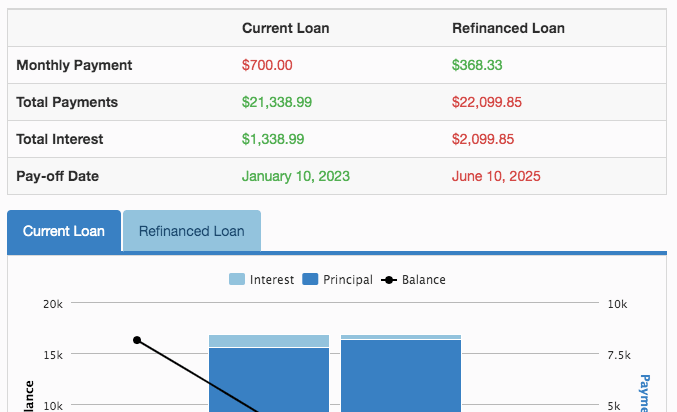


In that case they might choose to switch from an ARM to a FRM. If interest rates rise homeowners have little financial incentive to refinance their homes unless they have an adjustable-rate loan & they think the rates will rise further. Refinancing a home still has closing costs, so typically rates need to fall about a half-percent to cover the closing costs and help a homeowner save money. That, in turn, drives down their monthly payments and interest expenses. If rates fall significantly homeowners can refinance to lock in a lower rate. Rates have been falling on a secular basis for over 3 decades.

In uncertain labor markets homeowners with debt are more likely to stay in place longer. Since the recession a greater share of output has went to capital while a lower share has went to labor. Some homeowners who believe inflation will eventually lift financial asset prices may want to lower their monthly mortgage payments in order to be able to fund their retirement account more aggressively so gains in the retirement account can compound on a tax-deferred basis.īefore the 2008/2009 financial crisis most homeowners either moved or refinanced their loans about once every 7 years. Investing: Investing in a higher yielding opportunity like funding a small business they own or publicly traded stocks in markets they own.Cash out: Extracting equity which is used to pay down other higher-interest debts, or used to make improvements or additions to the home which increase its value.Most FHA loans and USDA loans typically require mortgage insurance premium payments for the duration of the loan. Switch loan type to remove mortgage insurance: Conventional home loans do not require private mortgage insurance (PMI) if the homeowner has at least 20% equity in the home.Switch to fixed rates: homeowners who purchased with an adjustable-rate loan may choose to switch to a fixed-rate loan to lock in current rates for the duration of their loan.Shorter duration: Paying extra allows homeowners to save a bundle on interest, however many people will not do it unless it is required, thus some borrowers who originally chose a 30-year term might shift to a 20, 15 or 10-year term to force themselves to build home equity faster.Extend duration: Stretching the loan out over a longer period of time so cashflow can be used for other purposes.Lower rate: A borrower who has improved their credit profile & equity in a home may be able to lower the interest rate on the loan, particularly if the 10-year Treasury falls & drives mortgage rates down with it.Mortgage refinancing allows homeowners to leverage the equity in their home to improve their personal finances. Refinancing is when a homeowners takes out another loan which is used to pay off their first mortgage & any secondary liens on their home.


 0 kommentar(er)
0 kommentar(er)
